- Home
- slideshows
- miscellaneous
- 12 mind-blowing facts about bees
12 mind-blowing facts about bees
The oldest bee fossil is 100 million years old.

There are more than 20,000 species of bees.
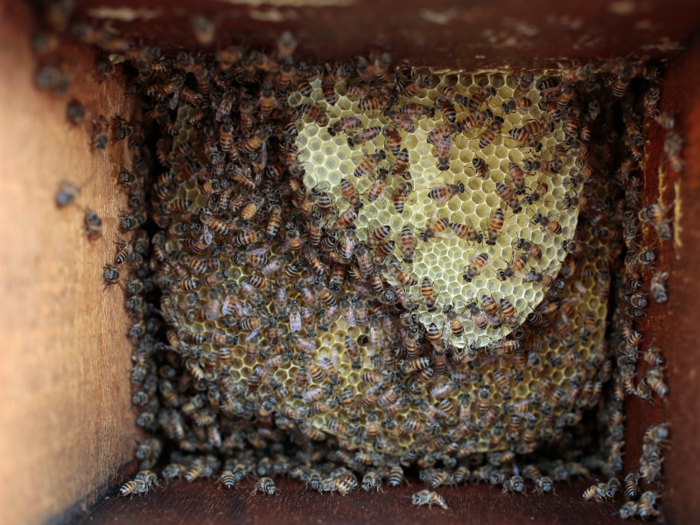
A bee is defined as any member of the suborder Apocrita, which includes honeybees, bumblebees, and many other fly-like and wasp-like creatures.
In the US, there are more than 100,000 beekeepers.
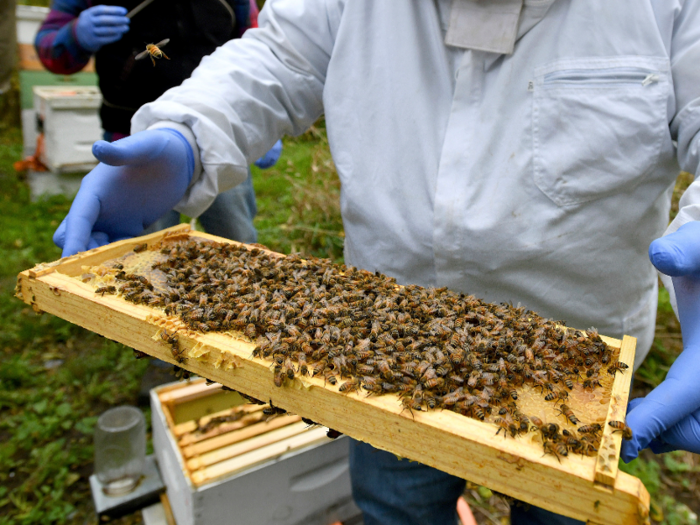
The practice of beekeeping is a 9,000-year-old tradition. Some of the world's first beekeepers were prehistoric farmers.
Today, there are between 115,000 and 125,000 beekeepers in the US. The majority are hobbyists (anyone with less than 25 hives). Honey is produced in every state, but North Dakota, Montana, South Dakota, Florida, and California are among the top honey-producing states.
Bees may be able to differentiate between different human faces (kind of).

For a study published in the Journal of Experimental Biology in 2010, researchers were able to train bees to differentiate between a set of human faces with close-together features and a set with more spread-out features. The bees were rewarded with sugar for picking one category over the other.
Bees are the state insect of 16 US states, including Arkansas and Wisconsin.
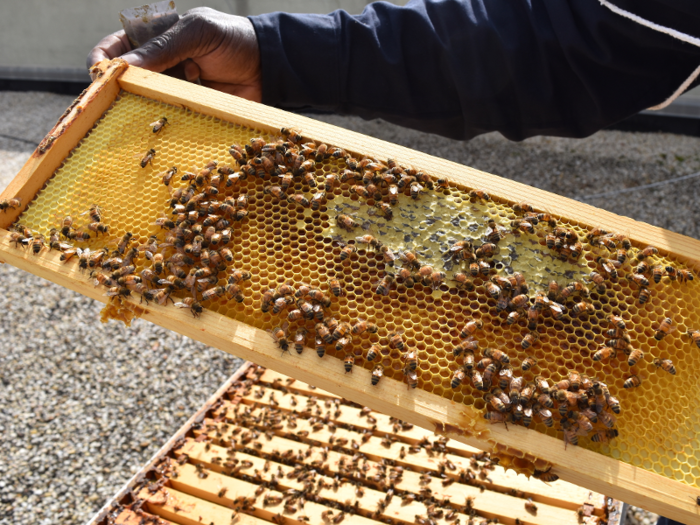
Of the 48 US states that have an official state insect, 16 of them honor bees with that distinction. In Utah, bees are doubly recognized: Honey bees the state insect, and Utah's nickname is also the "Beehive State."
This moniker can be traced back to Utah's Mormon roots, since "deseret," a word that originates in the Book of Mormon, means "honey bee."
Bees communicate via their movements.
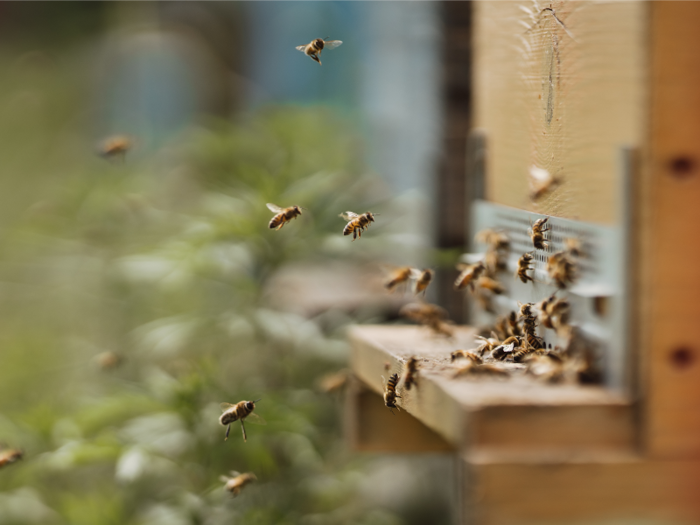
Honeybees communicate with each other via physical movements like head butts, which researchers say could mean "stop," and waggle dances that could signal where the nest is, according to Live Science.
A queen bee can live up to five years.
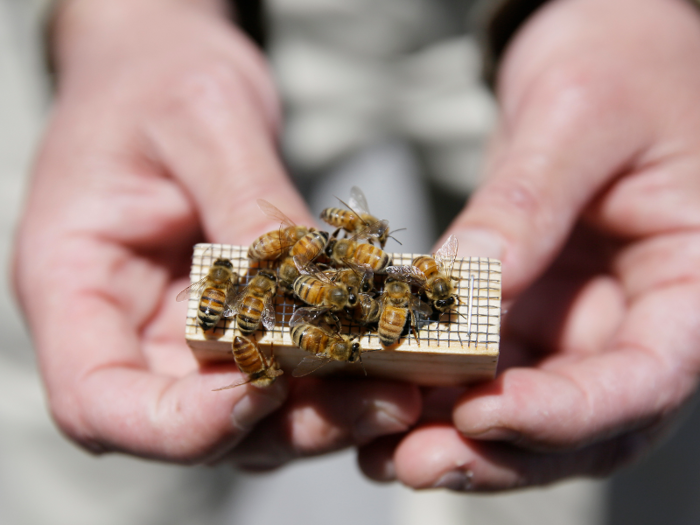
With a lifespan of up to five years, queen honeybees live far longer than worker or drone honey bees.
Workers, by contrast, live for just five or six weeks.
Queen honey bees lay up to 2,000 eggs per day.
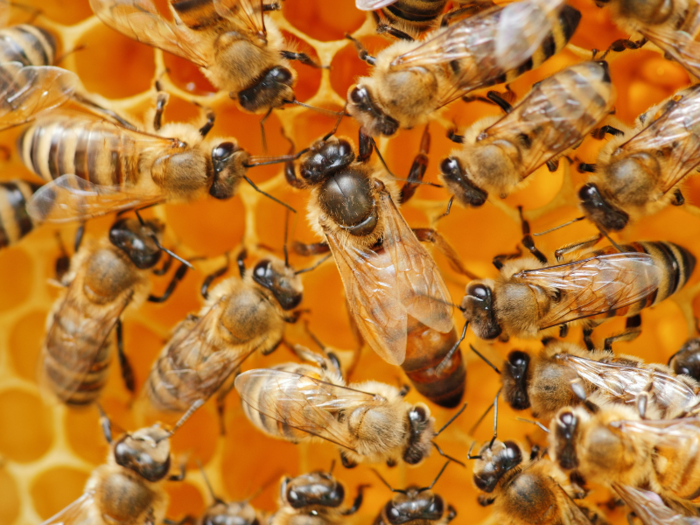
A queen honeybee is generally the only fertile female in a hive. She can lay up to 2,000 eggs daily.
Each individual worker honeybee makes only a tiny bit of honey in its life.
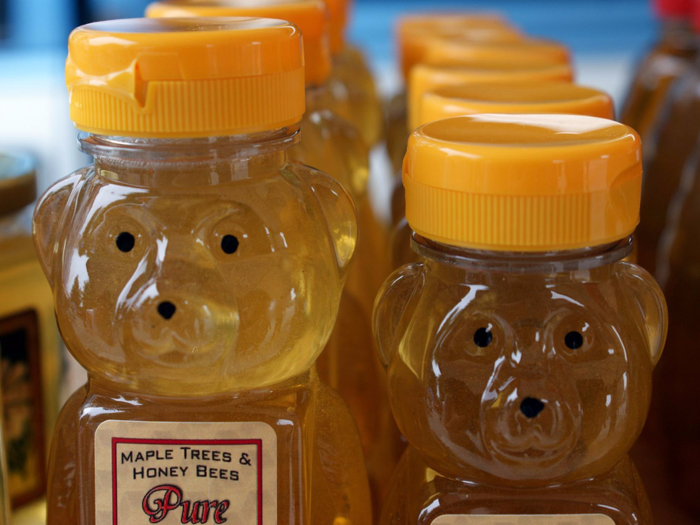
The average worker bee makes just one-twelfth of a teaspoon of honey over its entire lifespan.
Bees produce substances other than honey.
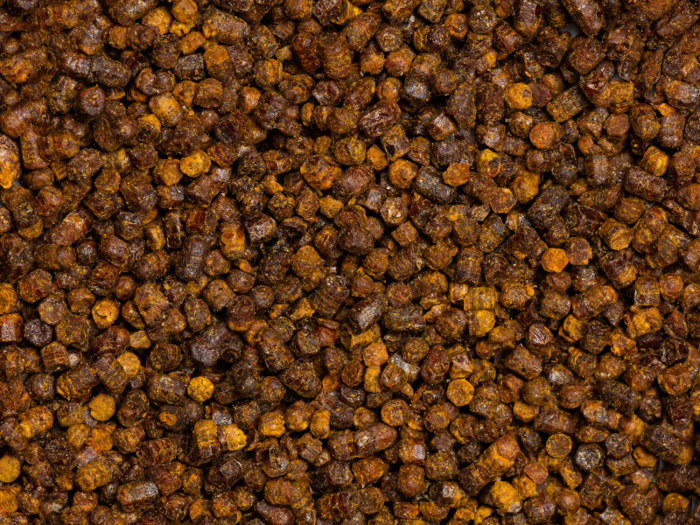
Bees produce a range of substances besides honey.
They secrete beeswax from abdominal glands, and use it to build honeycomb. They also create "bee bread," or edible pollen, which is a blend of pollen and honey. They can also make a gluey substance called propolis.
Worker honeybees can fly up to 20 miles per hour (32 kilometers per hour).
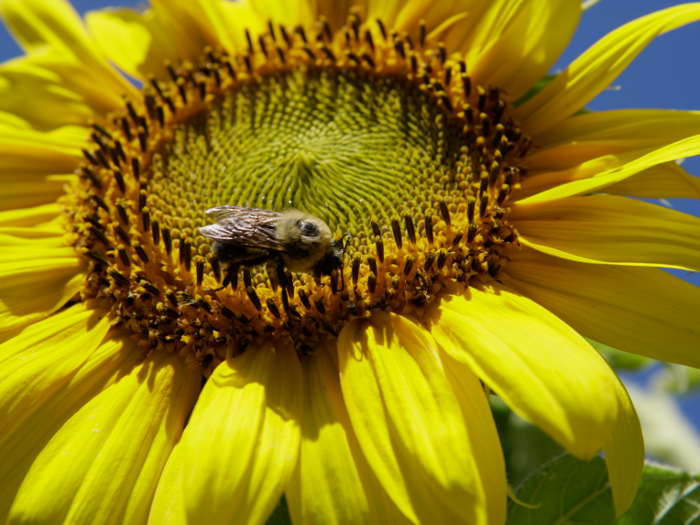
On average, worker honeybees can travel at 15 to 20 miles per hour when unencumbered. On their return flights to the nest, when they're carrying nectar, pollen, or water, they travel more slowly.
Bee colonies around the world are disappearing due to climate change and other factors.
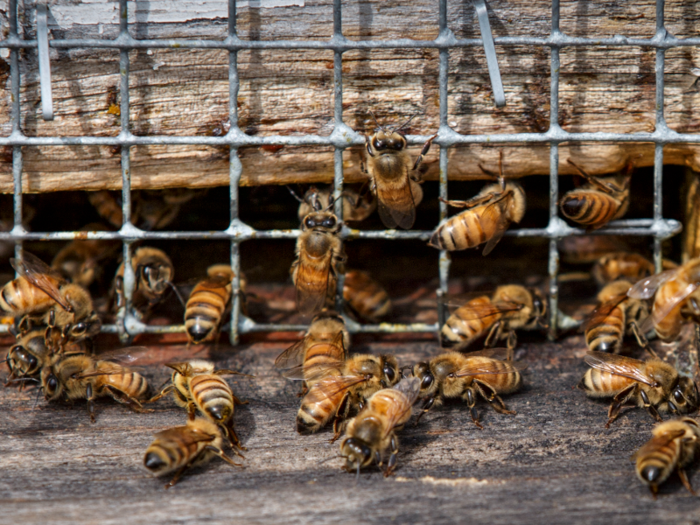
Climate change is hurting bee colonies.
A 2015 study published in the journal Science found that climate change has lead to reductions in the geographic range of bumblebees in North America and Europe. Some bees' ranges shrunk by up to 186 miles (300 kilometers).
Popular Right Now
Advertisement